The United States has a history like no other country. This vast country of ours has a colorful history where you can still see landmarks where important events that shaped the history of the US happened. Every state in the US has historical landmarks that signify so much. For example, Alabama has 39 historic landmarks and Oregon has 17 historic landmarks. But what about Pennsylvania?
Founded by William Penn, Pennsylvania is one of the original 13 colonies. This means that Pennsylvania is steeped in the rich history of the United States’s founding.
Pennsylvania is home to 169 National Historic Landmarks. And we’re going to highlight seven of the best ones to visit. We’ll go more in-depth into each of them and add a few fun facts.
Edgar Allan Poe House

The Edgar Allan Poe House was designated as a National Historic Landmark on December 29, 1962.
©Lorraine_M/Shutterstock.com
A lover of the macabre, Edgar Allan Poe is one of the most celebrated writers in American history. He wrote Such tales as The House of the Fall of Usher, The Raven, and Annabel Lee. Poe lived in this Philadelphia house in 1843 and it is the only one that has survived from the several Philadelphia houses he took up residence. Furthermore, the house is located about a mile from Independence Hall in Philadelphia you can visit the entire house — the grounds and the inside, as well.
Dwight D. Eisenhower Farmstead
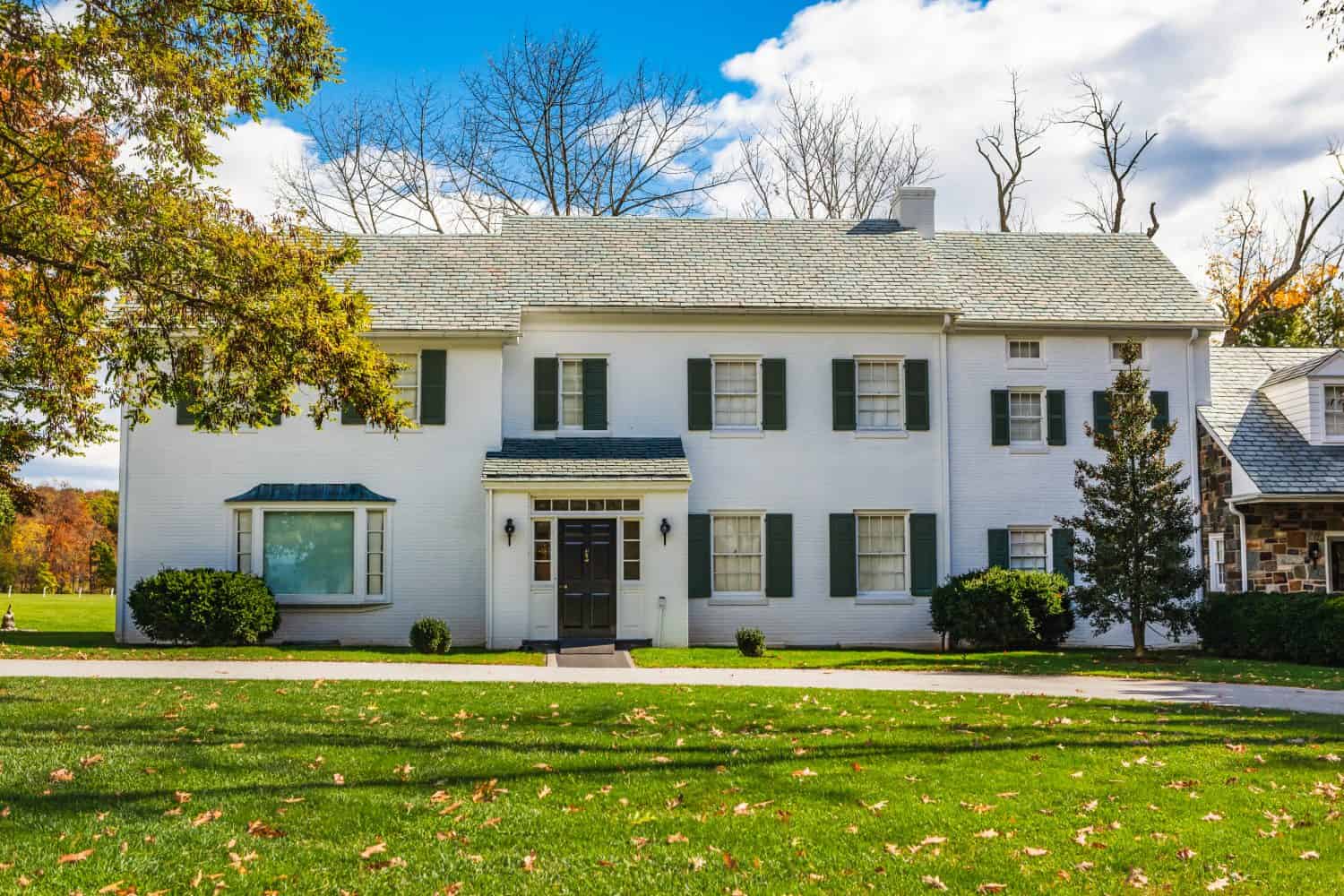
Dwight D. Eisenhower Farmstead was designated as a National Historic Landmark on May 23, 1966.
©eurobanks/Shutterstock.com
Dwight D Eisenhower was the 34th President of the United States. He was born in Denison, TX, and grew up in Kansas, but after he served as president he bought a property in Gettysburg, PA, and lived there for the rest of his life. Moreover, the Eisenhower National Historic Site is available for tours. You can visit the grounds of the farm, as well as the inside of the house where Ike lived.
Eastern State Penitentiary
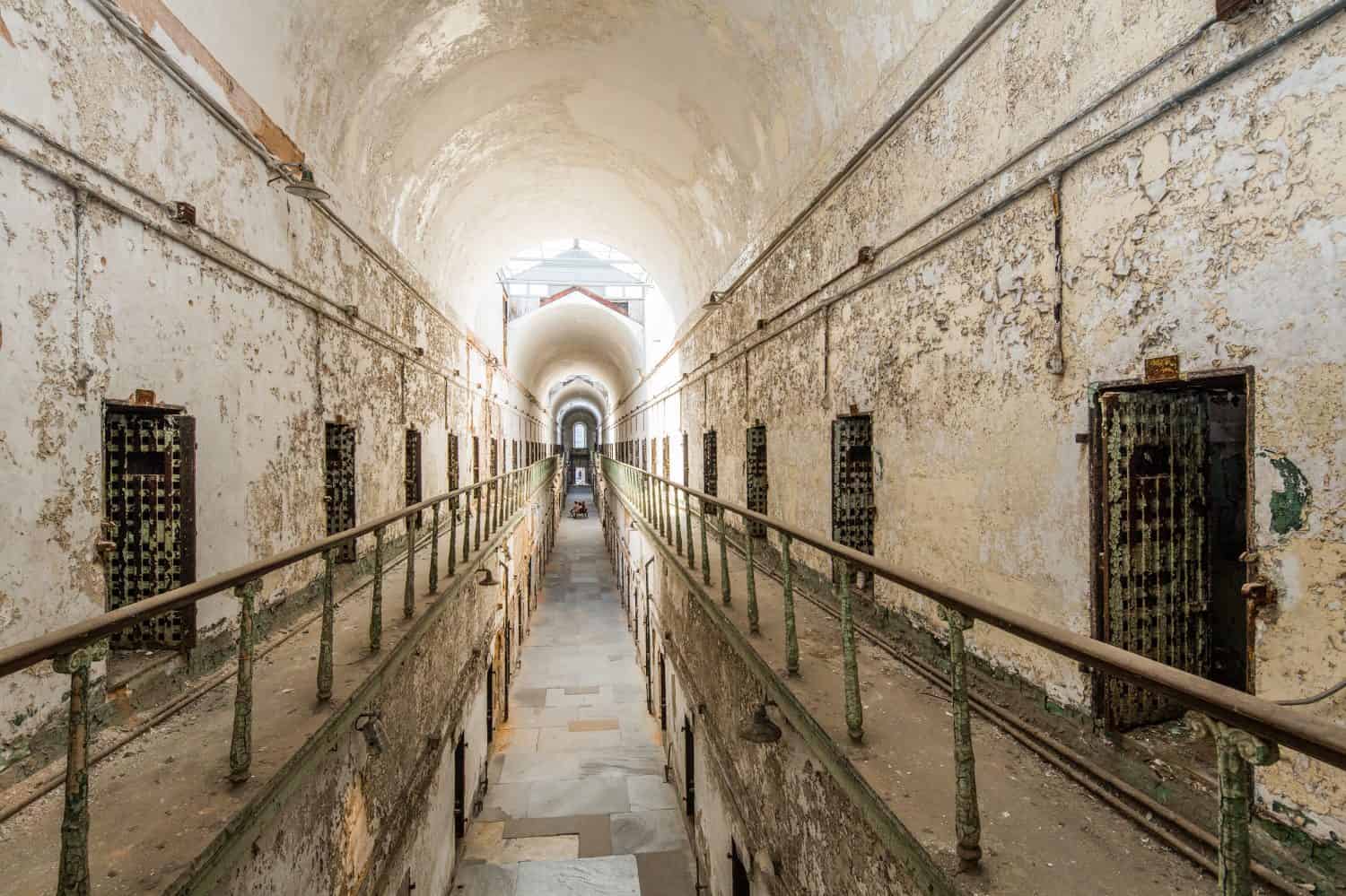
The Eastern State Penitentiary was designated as a National Historic Landmark on June 23, 1965.
©MISHELLA/Shutterstock.com
Located in Philadelphia, PA, the Eastern State Penitentiary used to be a prison. From 1829 to 1971, the prison was completely operational. The reason why it is a Historic Landmark is because of the infamous criminals that lived in the prison. Criminals like Al Capone, bank robber Willie Sutton, and James “Big Joe” Bruno were among the people incarcerated here. You can visit the prison — its grounds and the inside, as it is a museum now.
James Buchanan House
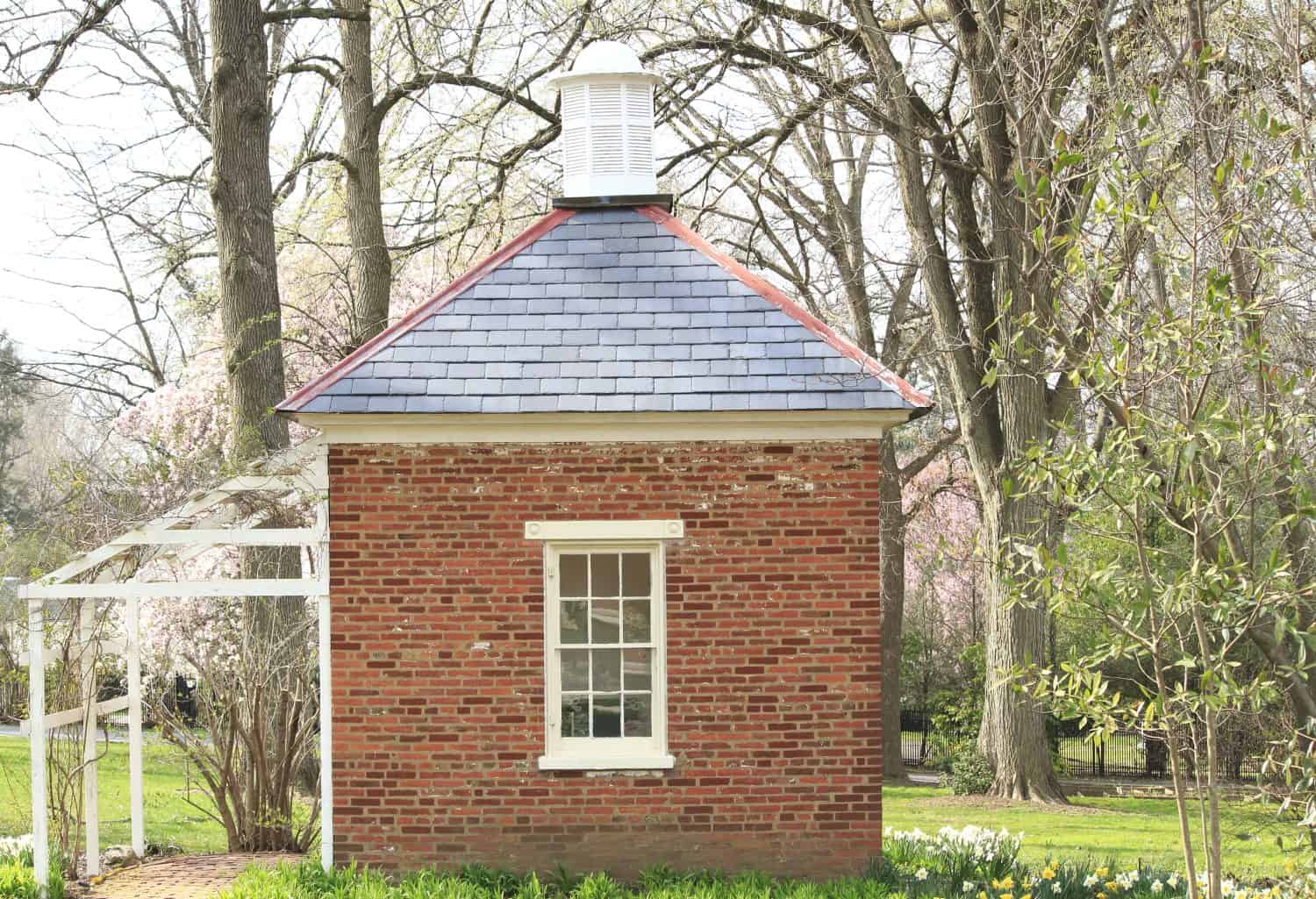
The James Buchanan House was designated as a National Historic Landmark on July 4, 1961.
©Dillon Naber Cruz/Shutterstock.com
James Buchanan was the 15th President of the United States. He served as president during a contentious time in history and is consistently ranked as one of the worst presidents in American history. Buchanan was from Pennsylvania and his house, located in Lancaster, PA, also serves as a reminder of how he lived. You can visit his Wheatland House and walk around the grounds, as well as the inside of the house.
Valley Forge
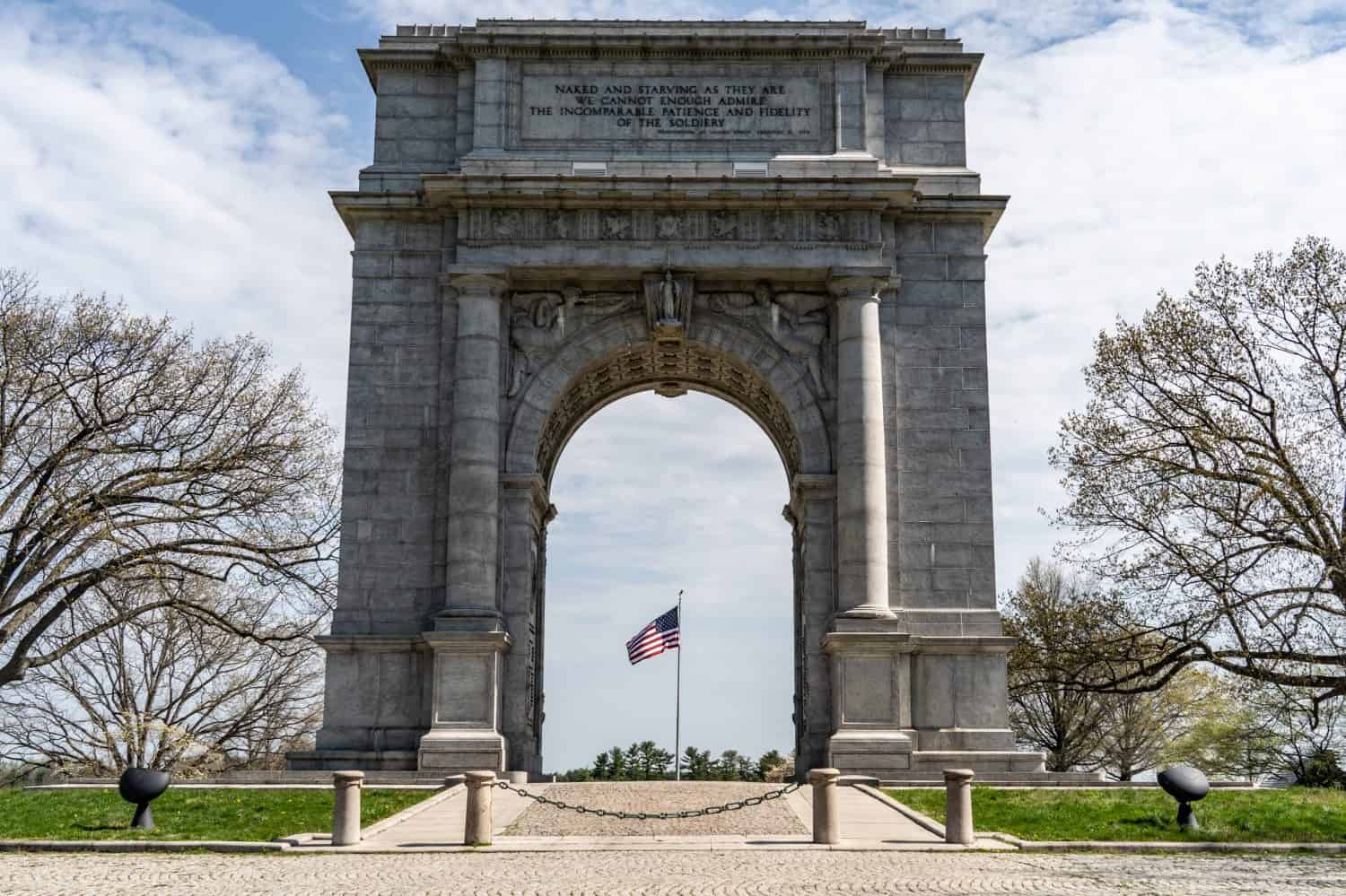
The Valley Forge National Historical Park was designated as a National Historic Landmark on January 20, 1961.
©Amy Lutz/Shutterstock.com
For some American Revolution history, you can head to Valley Forge. Valley Forge served as a campsite for the Continental Army in 1777 and 1778. Furthermore, the park has a total of 3,500 acres, where you can visit the entire site. The Valley Forge National Historic Site not only features buildings and museums but also meadows and woodlands.
Philadelphia City Hall
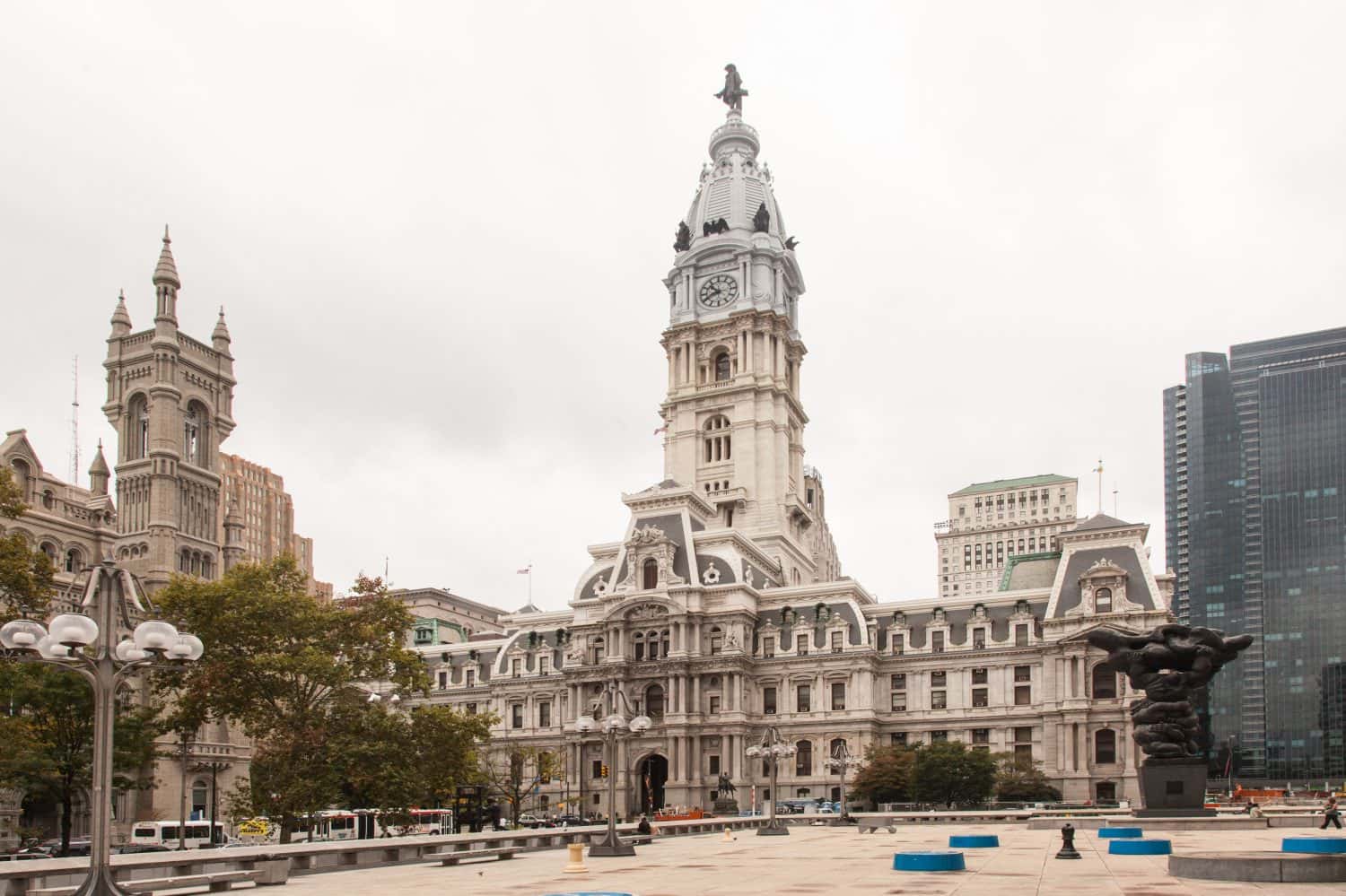
Philadelphia City Hall was designated as a National Historic Landmark on December 8, 1976.
©Mariusz S. Jurgielewicz/Shutterstock.com
Built in a Second Empire architectural style, the Philadelphia City Hall is the place where all city government services take place. The city hall houses the office of the Mayor of Philadelphia, as well as the chambers and offices of the Philadelphia City Council. The building also serves as a courthouse where the First Judicial District of Pennsylvania is located. You can tour the grounds, as well as the inside of City Hall.
Philadelphia’s Masonic Temple

Philadelphia’s Masonic Temple was designated as a National Historic Landmark on February 4, 1985.
©Roman Babakin/Shutterstock.com
Located on Broad Street, Philadelphia’s Masonic Temple is located across from Philadelphia City Hall. The Masonic Temple is the headquarters of the Grand Lodge of Pennsylvania and there is a ceremonial gavel that was used by George Washington in the temple. Furthermore, the temple has a masonic library, as well as a museum, and seven lodge rooms. You can visit the Masonic Temple, its grounds, and the inside of the building.
Conclusion
And there you have it, these are seven of the best national historic landmarks in Pennsylvania to visit. Each of these historic landmarks represents a time in our nation’s history that shaped the future. As you witness each of these landmarks and walk through the walls that the founding fathers walked through, think about the history that took place there. It is quite amazing to think about that.
Thank you for reading! Have some feedback for us? Contact the AZ Animals editorial team.








